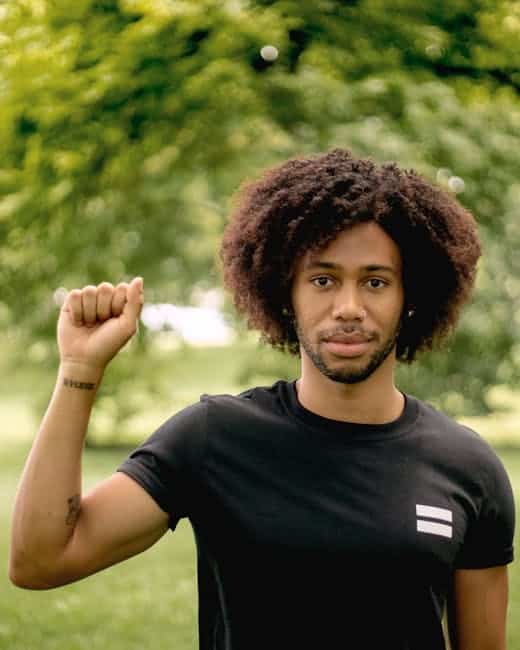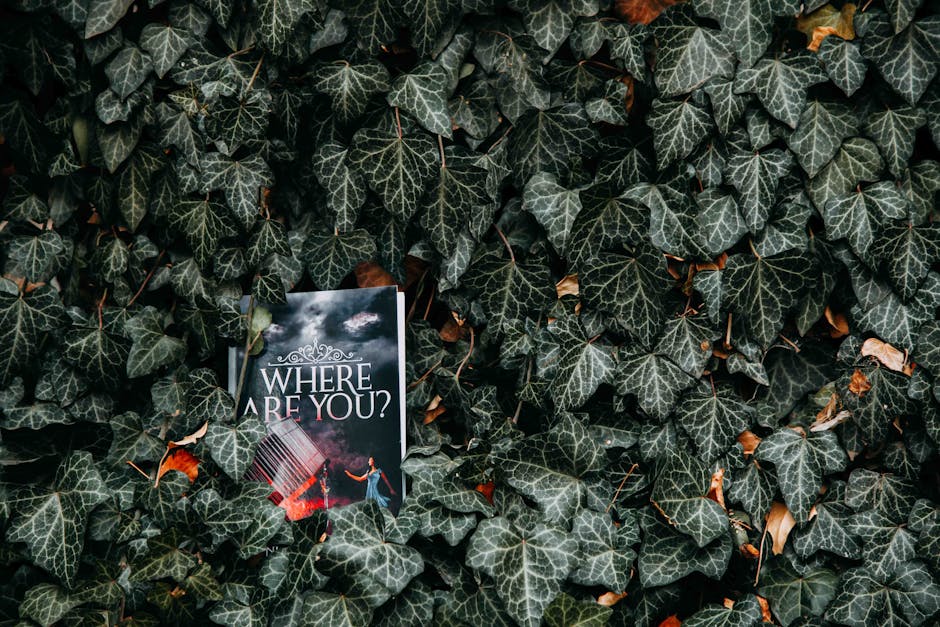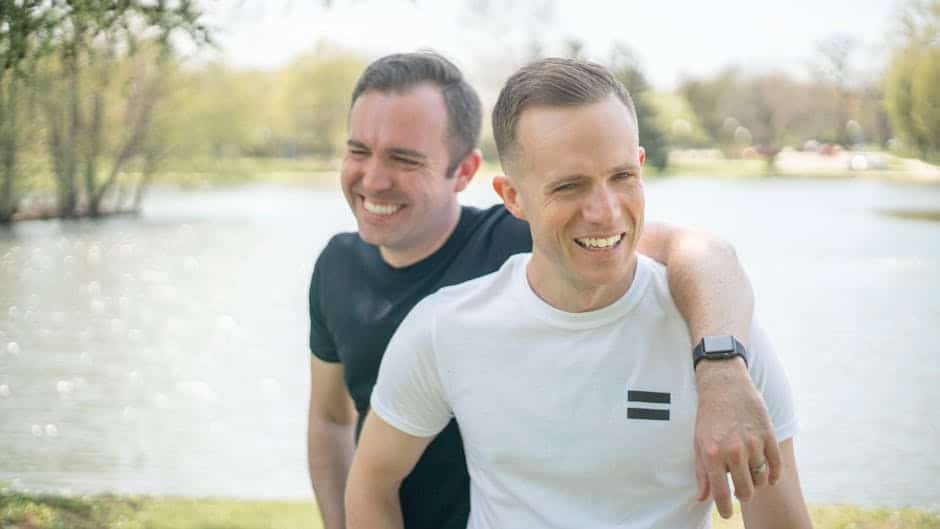Chicago’s LGBTQ+ History: Milestones and Movements
Chicago, a city known for its vibrant culture and rich history, has played a significant role in the LGBTQ+ movement in the United States. From pioneering activists to landmark events, the Windy City has been at the forefront of advocating for LGBTQ+ rights and acceptance. In this blog post, we’ll explore Chicago’s LGBTQ+ history, highlighting key milestones and movements that have shaped the community.
Table of Contents
1. Introduction
2. Early Beginnings: The Birth of a Movement
3. The Rise of LGBTQ+ Organizations
4. Landmark Events and Protests
5. The Legacy of Chicago Pride
6. Modern Milestones and Continuing Challenges
7. Conclusion
8. FAQs
Early Beginnings: The Birth of a Movement
The history of LGBTQ+ activism in Chicago dates back to the early 20th century. During a time when homosexuality was largely stigmatized, Chicago offered a refuge for many LGBTQ+ individuals seeking community and acceptance.
One of the earliest documented gay rights organizations in the United States, the Society for Human Rights, was founded in Chicago in 1924 by Henry Gerber. Although short-lived, the society was groundbreaking in its efforts to promote LGBTQ+ rights and laid the groundwork for future activism in the city.
The Rise of LGBTQ+ Organizations
As the mid-20th century approached, Chicago saw an increase in LGBTQ+ organizations that sought to address the challenges faced by the community. The Mattachine Society, established in the 1950s, was one such organization that focused on advocating for social acceptance and legal rights.
By the 1960s and 70s, Chicago was buzzing with activism. The city became a hub for LGBTQ+ organizations, including the Chicago Gay Alliance and the Daughters of Bilitis. These groups provided support, advocacy, and a sense of belonging to many individuals who were often marginalized by society.
Landmark Events and Protests
The Stonewall Riots of 1969 in New York City ignited a wave of activism across the nation, and Chicago was no exception. In 1970, Chicago hosted its first Pride March, marking the beginning of an annual tradition that celebrates LGBTQ+ identity and advocates for equality.
Throughout the 1980s and 90s, Chicago’s LGBTQ+ community faced significant challenges, including the AIDS epidemic. Activists, including those from ACT UP/Chicago, organized protests and events to demand government action and raise awareness about the crisis, showcasing the resilience and determination of the community.
The Legacy of Chicago Pride
Chicago Pride has grown from a small march to one of the largest Pride celebrations in the world. Each year, millions gather in the city to celebrate love, diversity, and equality. Chicago’s Boystown neighborhood, the first officially recognized gay neighborhood in the United States, serves as the epicenter of the festivities, featuring vibrant parades, parties, and events.
The Pride celebration not only honors the achievements of the LGBTQ+ community but also serves as a reminder of the ongoing fight for equality and acceptance. 🌈
Modern Milestones and Continuing Challenges
While significant progress has been made, the fight for LGBTQ+ rights in Chicago is far from over. Recent years have seen milestones such as the legalization of same-sex marriage in Illinois and the election of Lori Lightfoot, Chicago’s first openly gay mayor.
However, the community continues to face challenges, including discrimination, violence, and legal battles. Organizations such as the Chicago LGBTQ+ Health and Wellness Center and Equality Illinois work tirelessly to address these issues, providing resources and advocacy for those in need.
Conclusion
Chicago’s LGBTQ+ history is a testament to the power of community and resilience. From pioneering activists to groundbreaking events, the city has been a beacon of hope and progress for LGBTQ+ individuals. As we look to the future, it’s important to honor the past while continuing to fight for a more inclusive and equitable society.
FAQs
Q: What was the first gay rights organization in Chicago?
A: The Society for Human Rights, founded in 1924 by Henry Gerber, was the first documented gay rights organization in Chicago.
Q: When did Chicago host its first Pride March?
A: Chicago’s first Pride March took place in 1970, inspired by the Stonewall Riots of 1969.
Q: Where is the center of Chicago’s LGBTQ+ community?
A: Boystown, officially recognized as the first gay neighborhood in the United States, is considered the epicenter of Chicago’s LGBTQ+ community.
Q: What are some ongoing challenges faced by the LGBTQ+ community in Chicago?
A: Despite progress, the LGBTQ+ community in Chicago still faces challenges such as discrimination, violence, and legal battles. Organizations continue to advocate for change and provide support.
Chicago’s LGBTQ+ history is rich and complex, reflecting both the struggles and triumphs of a community that has persevered against the odds. Let’s continue to celebrate and support the ongoing journey towards equality. 🏳️🌈


